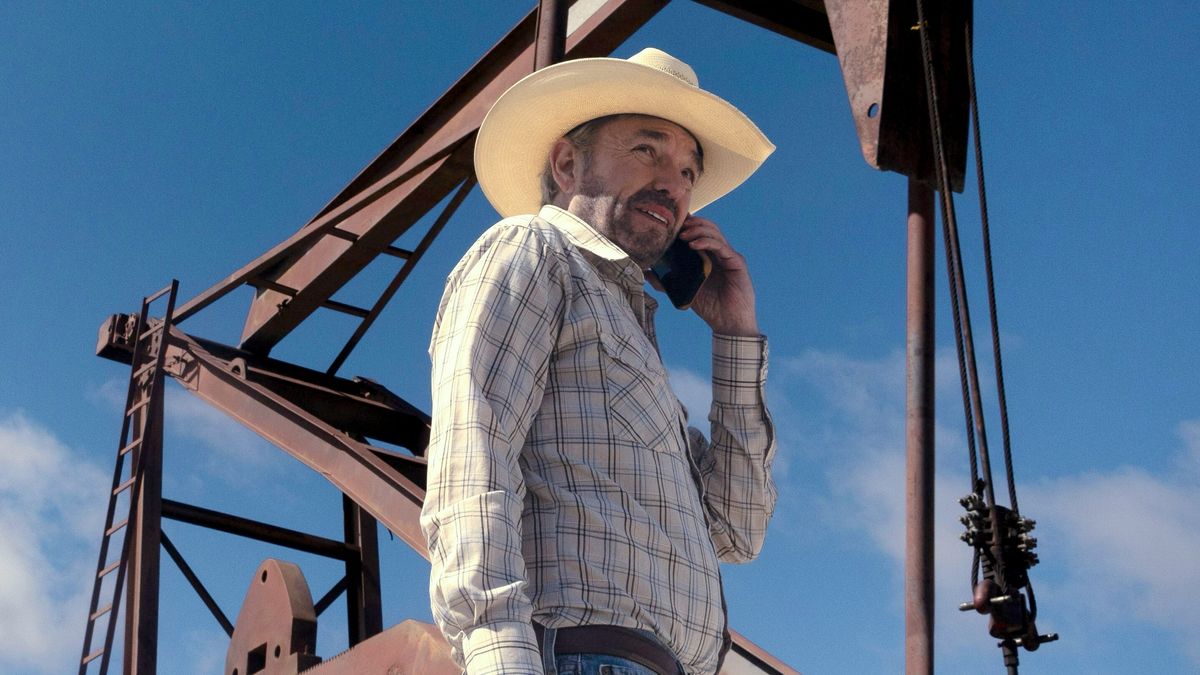NASA’s Artemis I Moon Mission: Launch to Splashdown Highlights
Two years ago, on November 16, NASA performed the maiden launch of its Space Launch System (SLS) mega moon rocket, carrying an uncrewed Orion spacecraft to orbit in a mission that marked the official start of the U.S. space agency’s ambitious Artemis program.
The SLS rocket packed 8.8 million pounds of thrust at launch, making it the most powerful rocket ever to fly, though it’s since been eclipsed by SpaceX’s Starship, which generates around 17 million pounds of thrust as it climbs skyward.
The mission was the first flight test of the SLS rocket, and also of the Orion spacecraft, which NASA is planning to use for the crewed Artemis II mission, currently set for September 2025.
Lasting just over 25 days, Orion performed two lunar flybys and came within just 80 miles (129 kilometers) of the lunar surface. At its farthest distance, the Boeing-built spacecraft traveled nearly 268.553 miles (432,194 kilometers) from Earth, the furthest that a vehicle designed for human spaceflight has flown from our planet.
Orion returned to Earth in a parachute-assisted splashdown in the Pacific Ocean on December 11 in what was considered a successful mission for both the SLS rocket and the Orion spacecraft.
Reflecting on the mission on the launch’s second anniversary, NASA chief Bill Nelson said on X on Sunday: “Two years ago, Artemis I soared into the heavens — setting the stage for humanity’s return to the surface of the moon. This was just the beginning. And through Artemis, we have leap after giant leap in store.”
Two years ago, Artemis I soared into the heavens—setting the stage for humanity's return to the surface of the Moon.
This was just the beginning. And through #Artemis, we have leap after giant leap in store. pic.twitter.com/gkieLGxcln
— Bill Nelson (@SenBillNelson) November 16, 2024
The upcoming Artemis missions will see NASA establish a long-term lunar presence for scientific discovery while also preparing for human missions to Mars, the first of which could take place some tine in the 2030s.




















 English (US) ·
English (US) ·